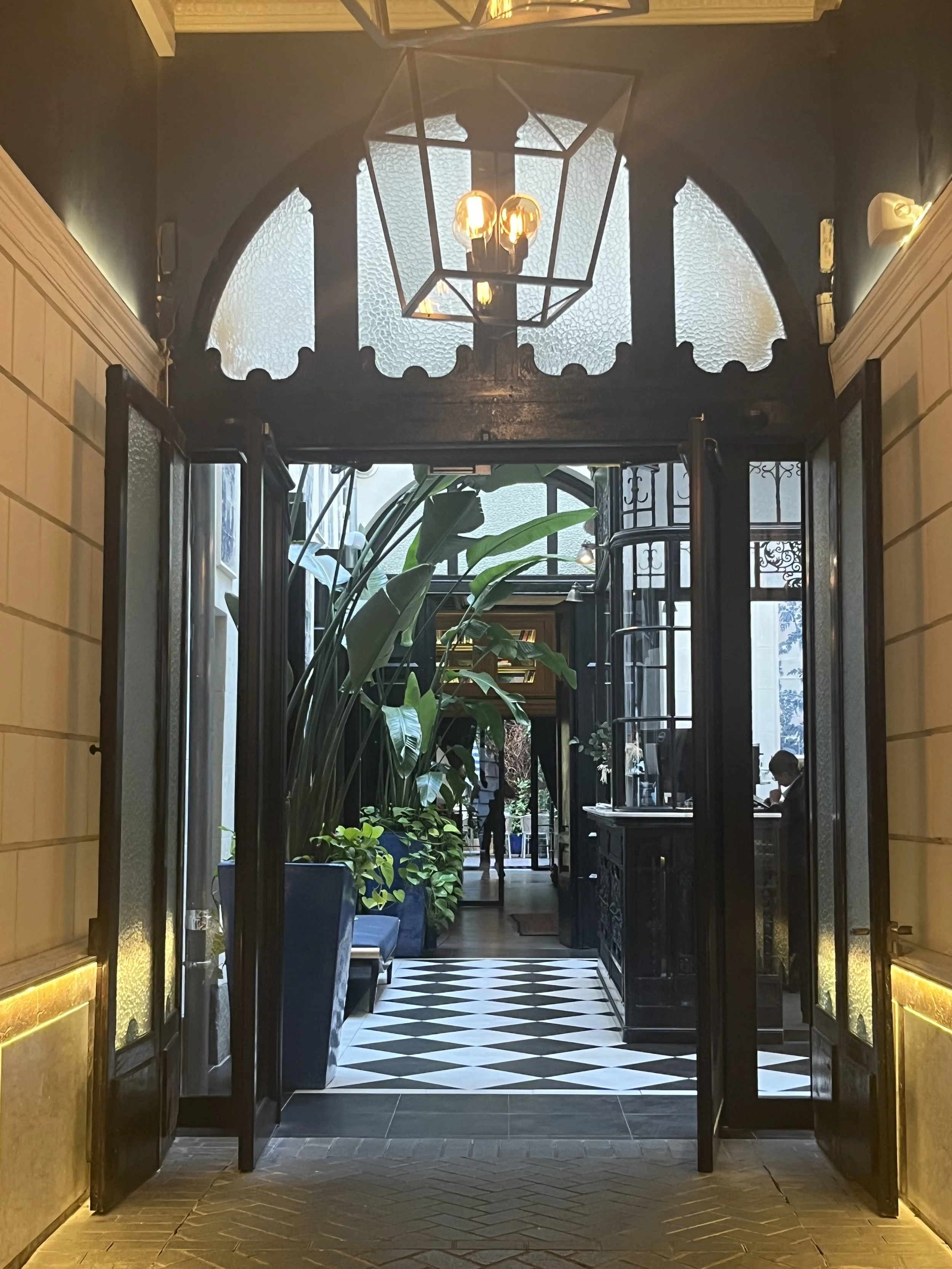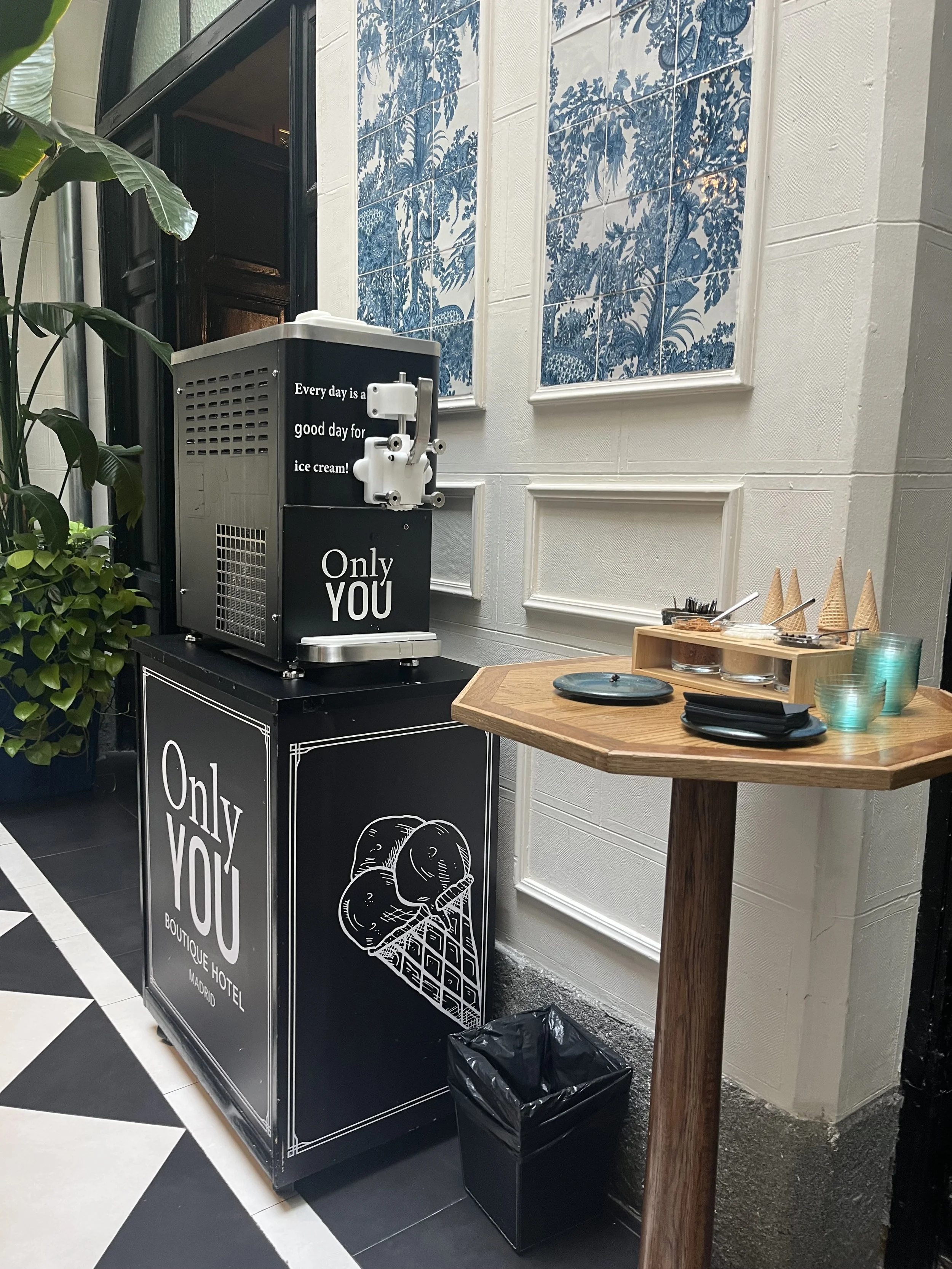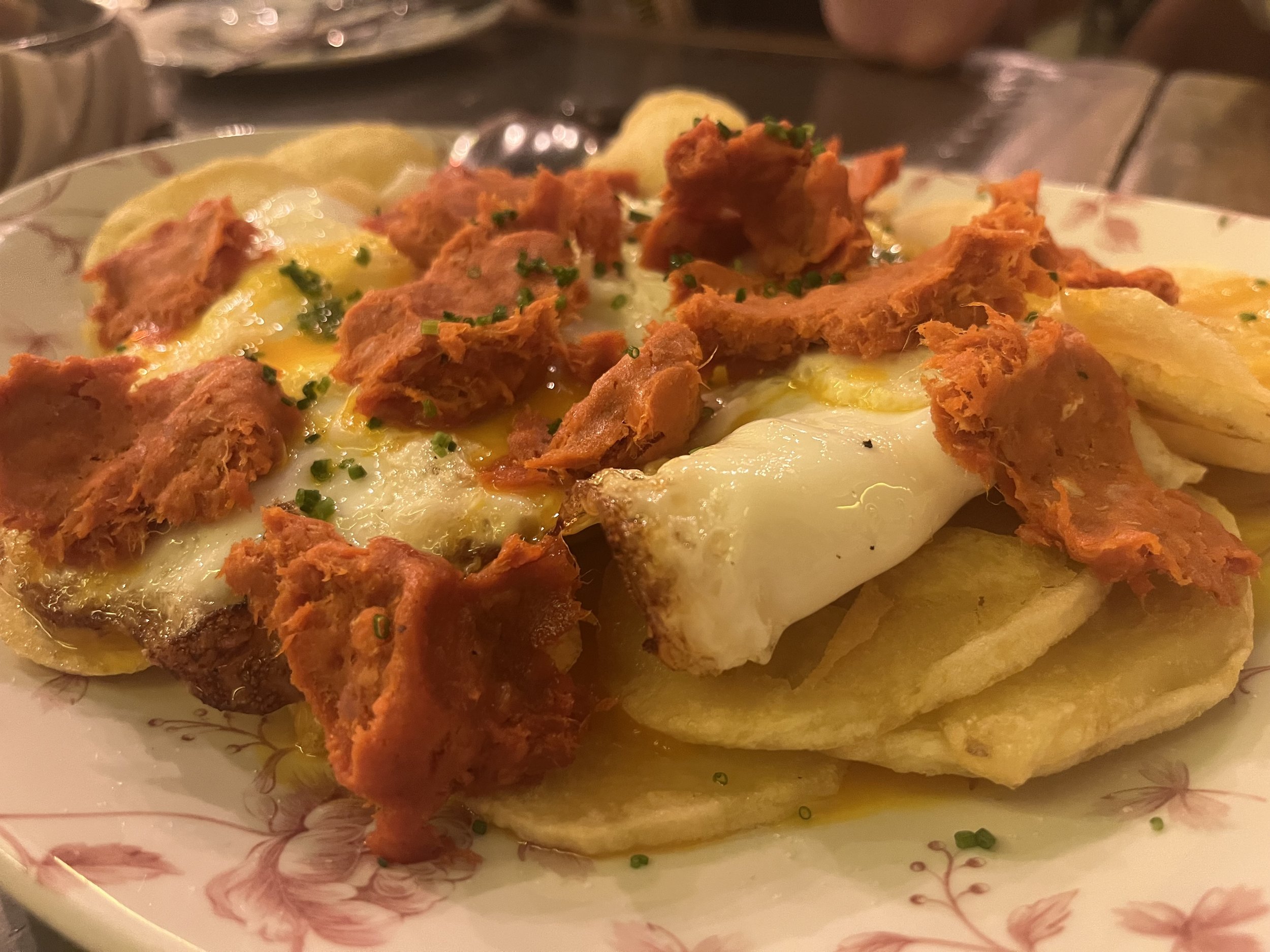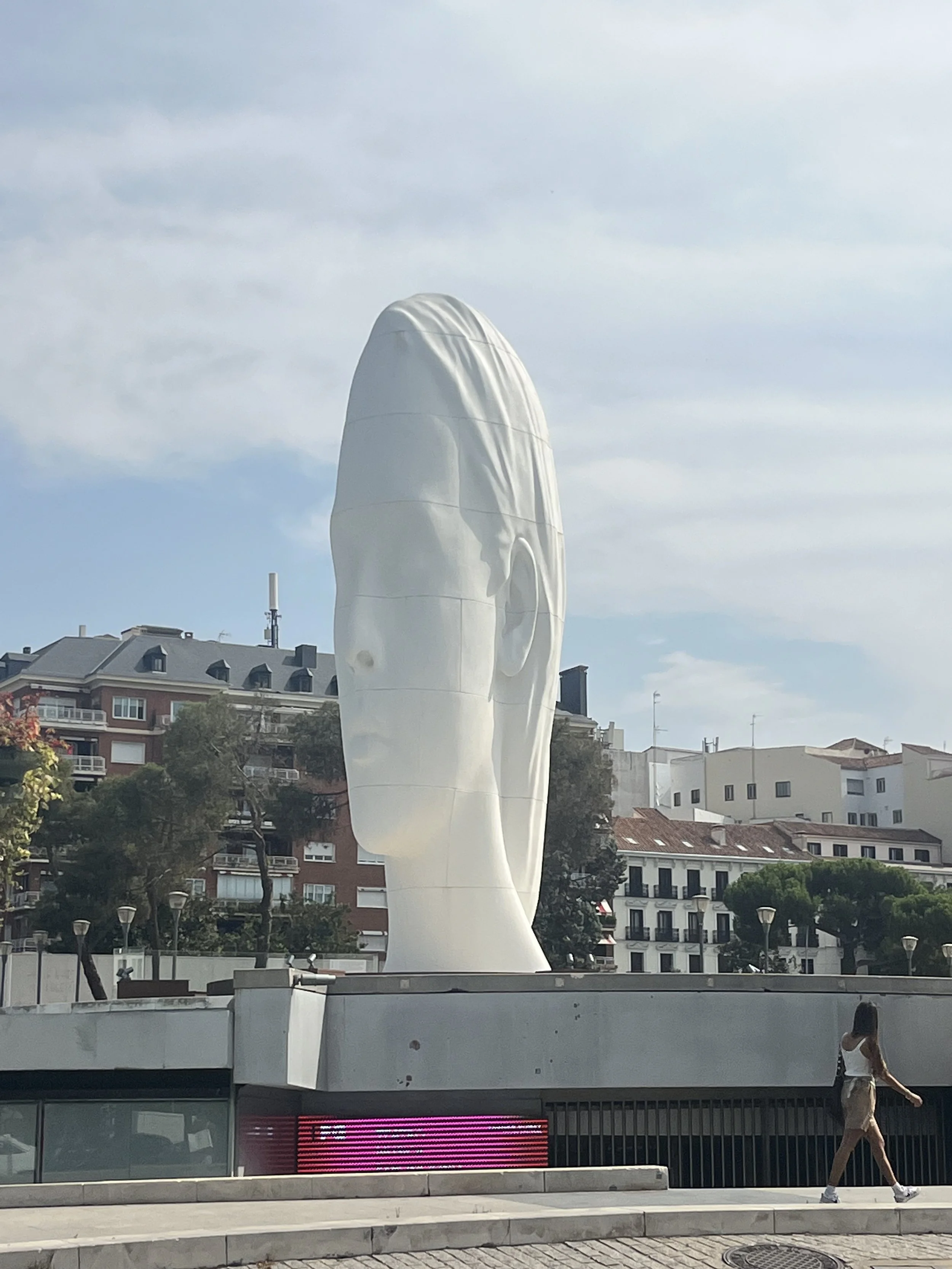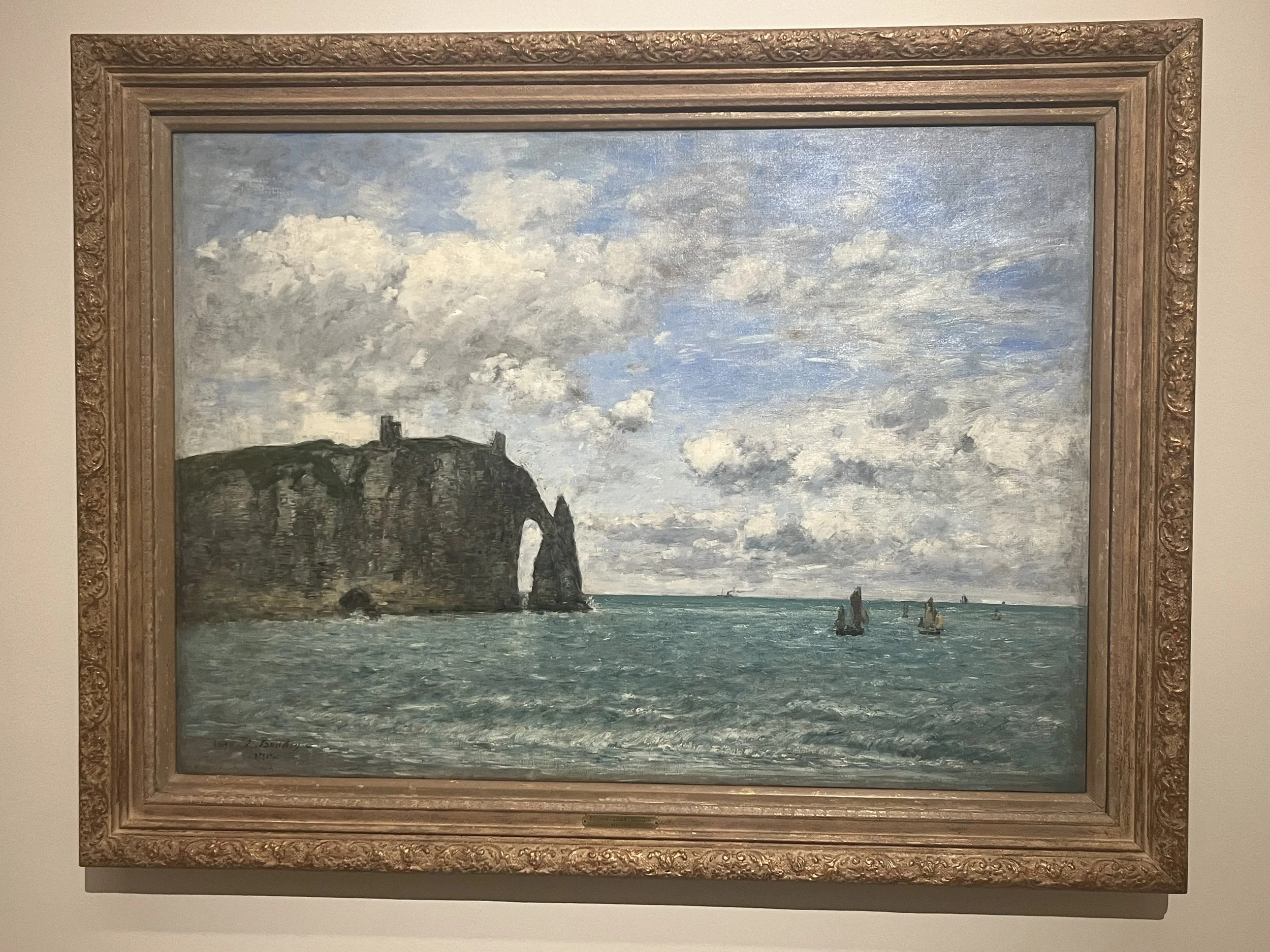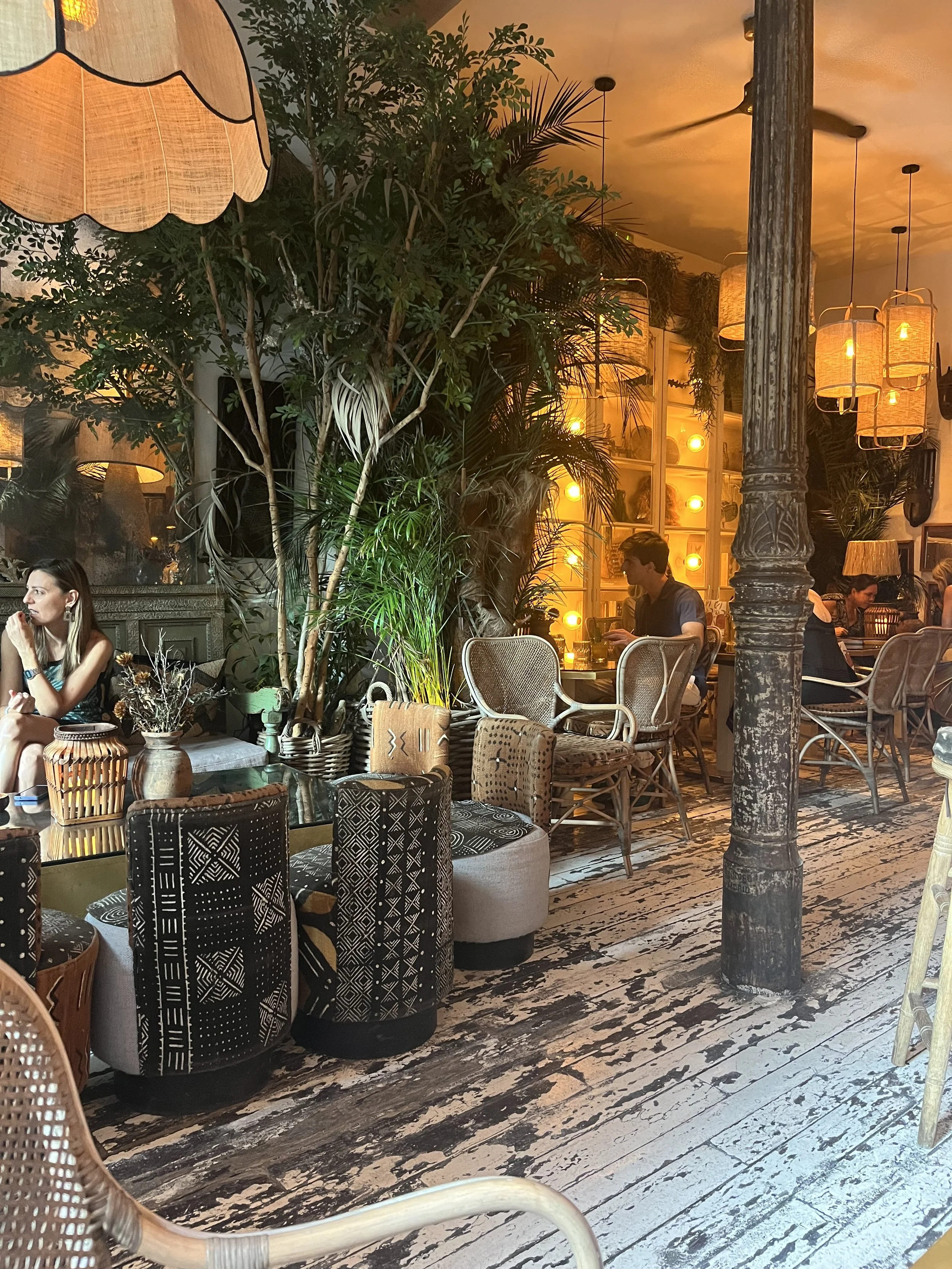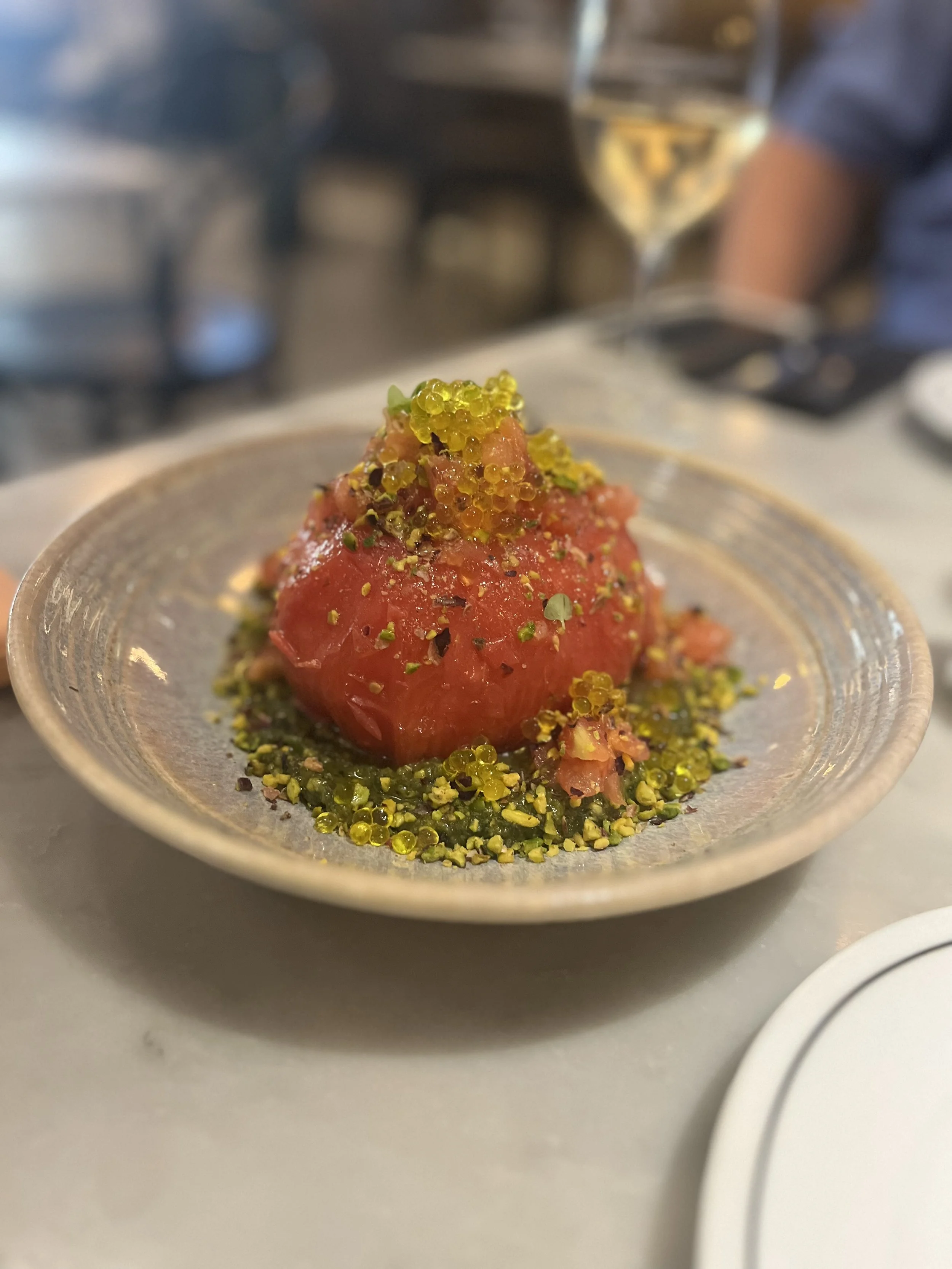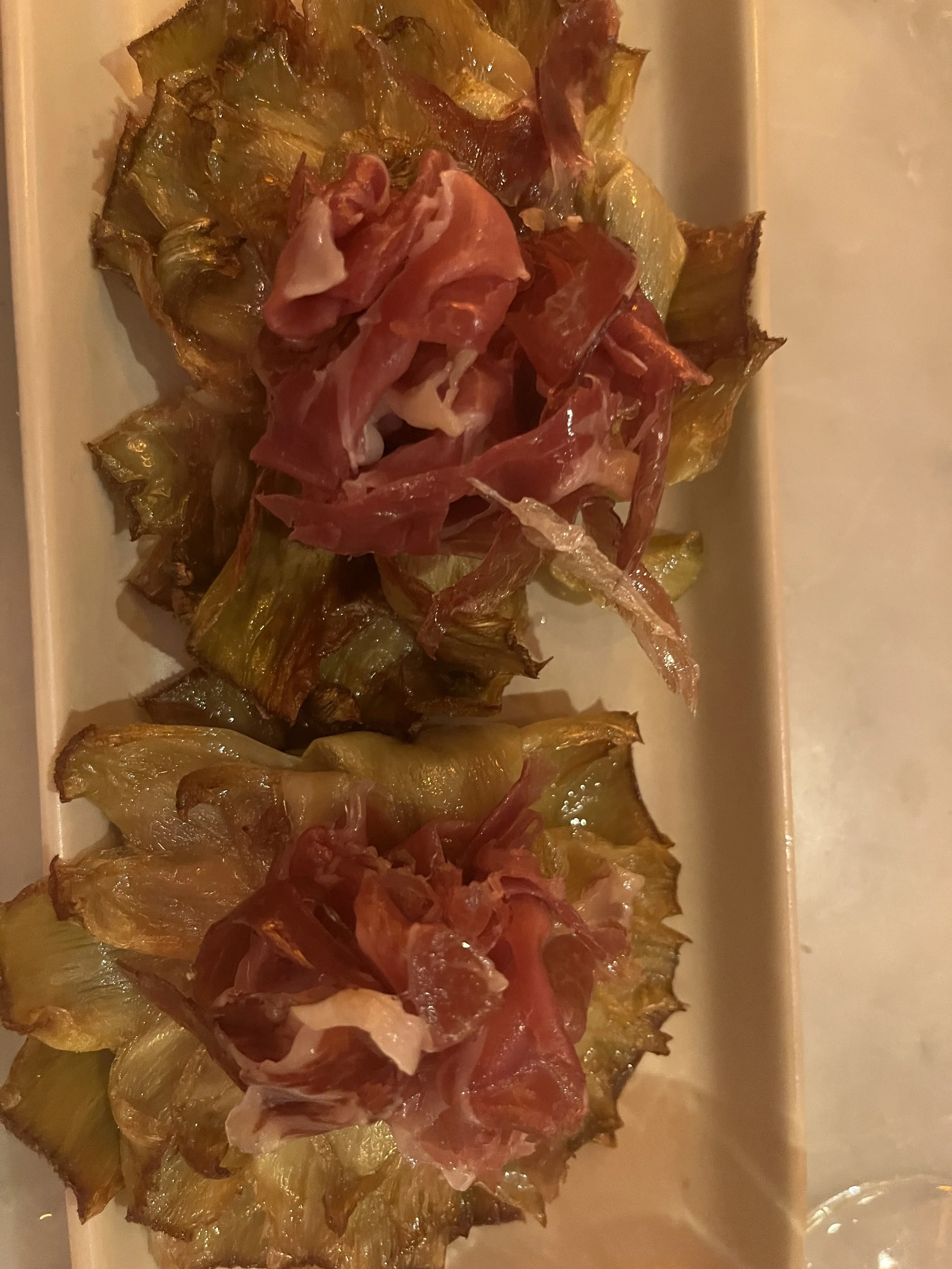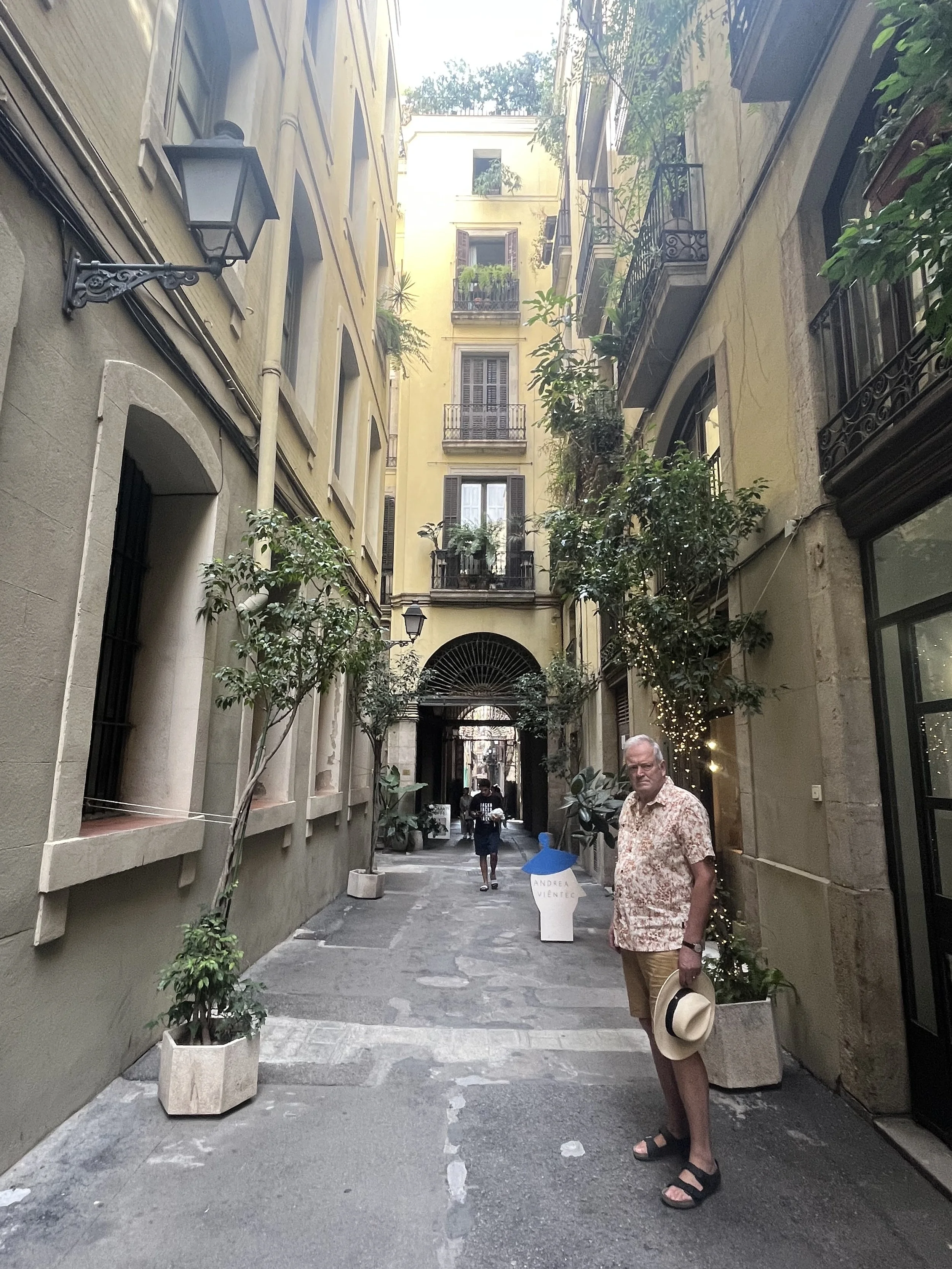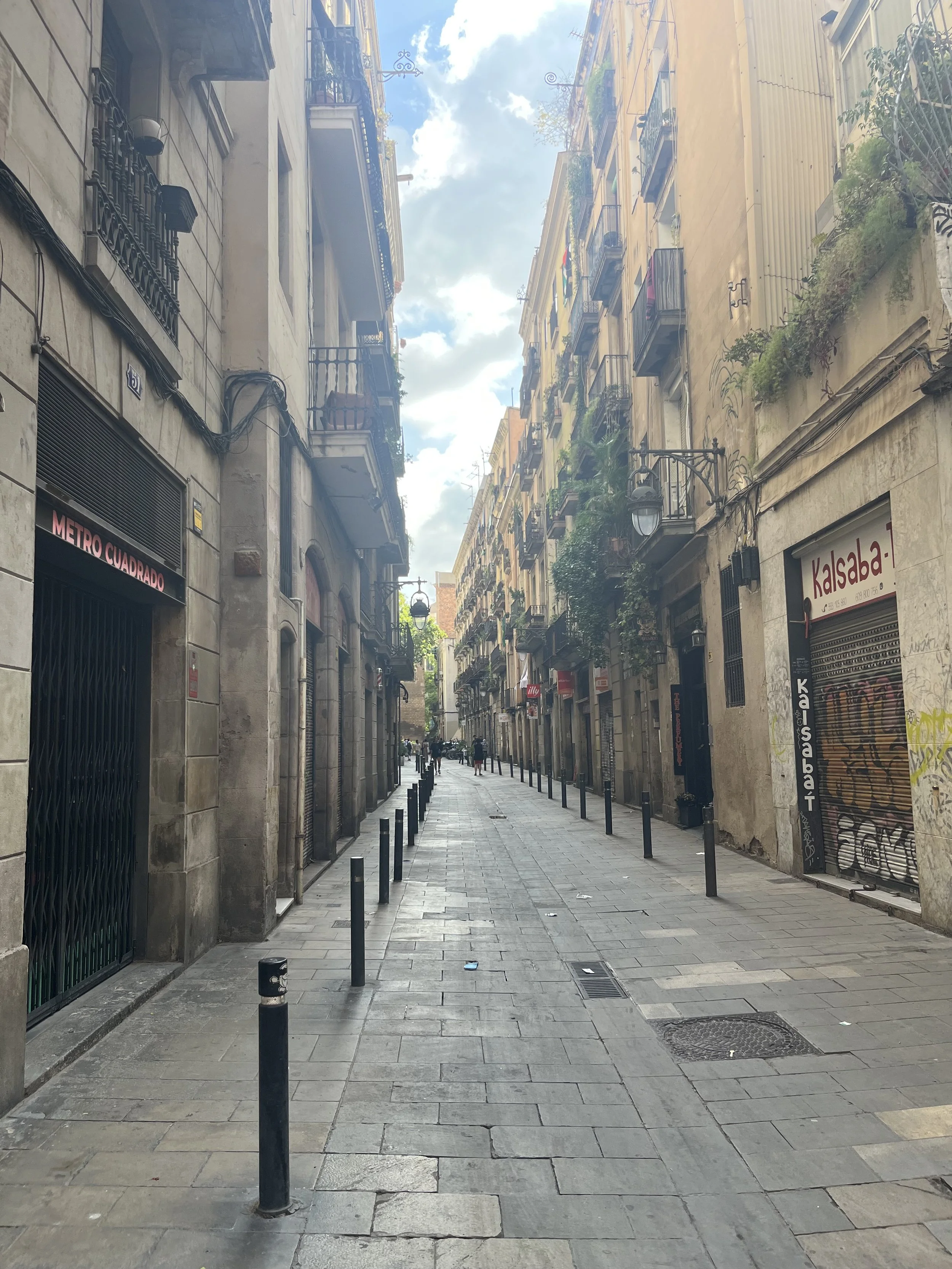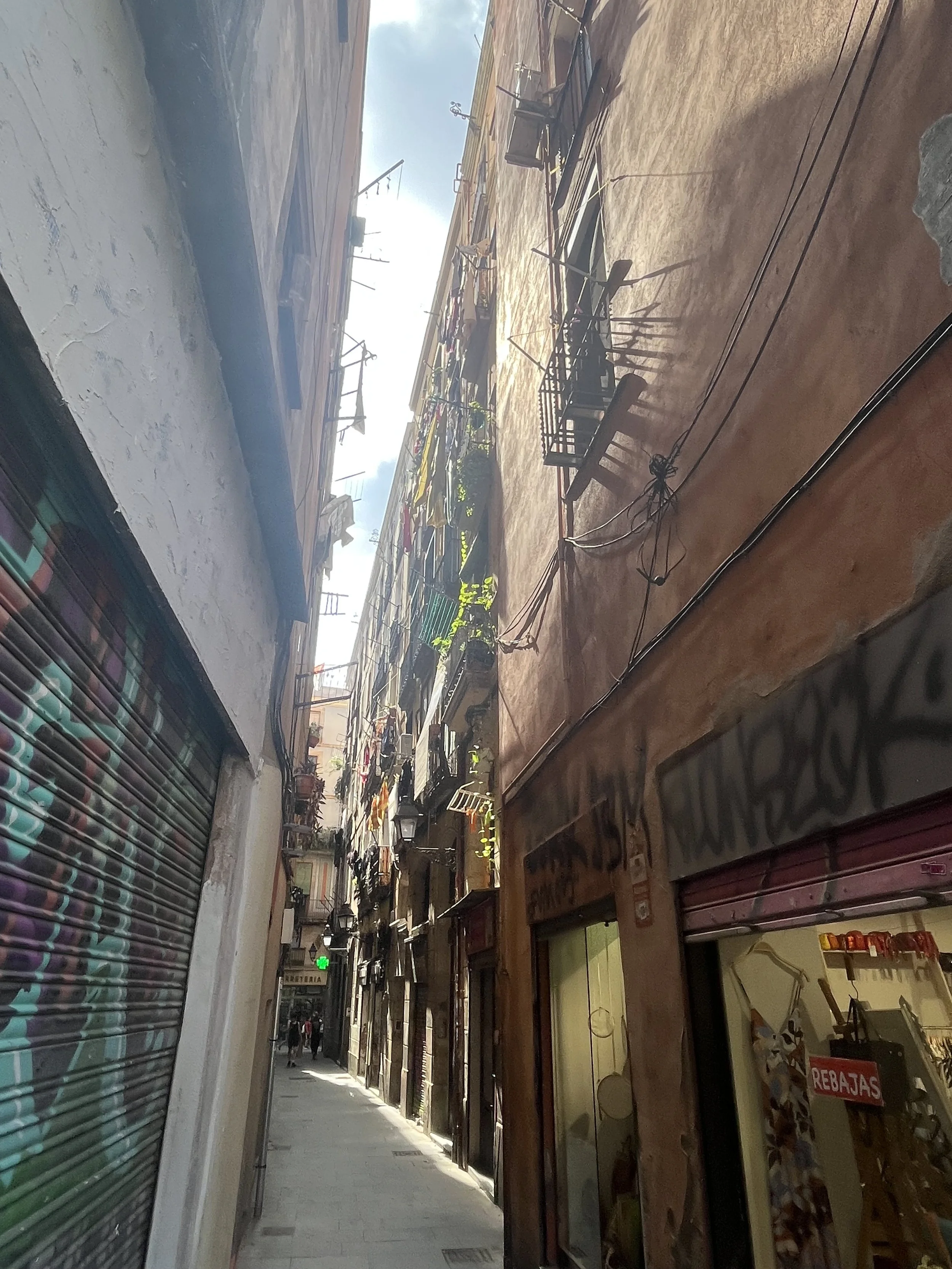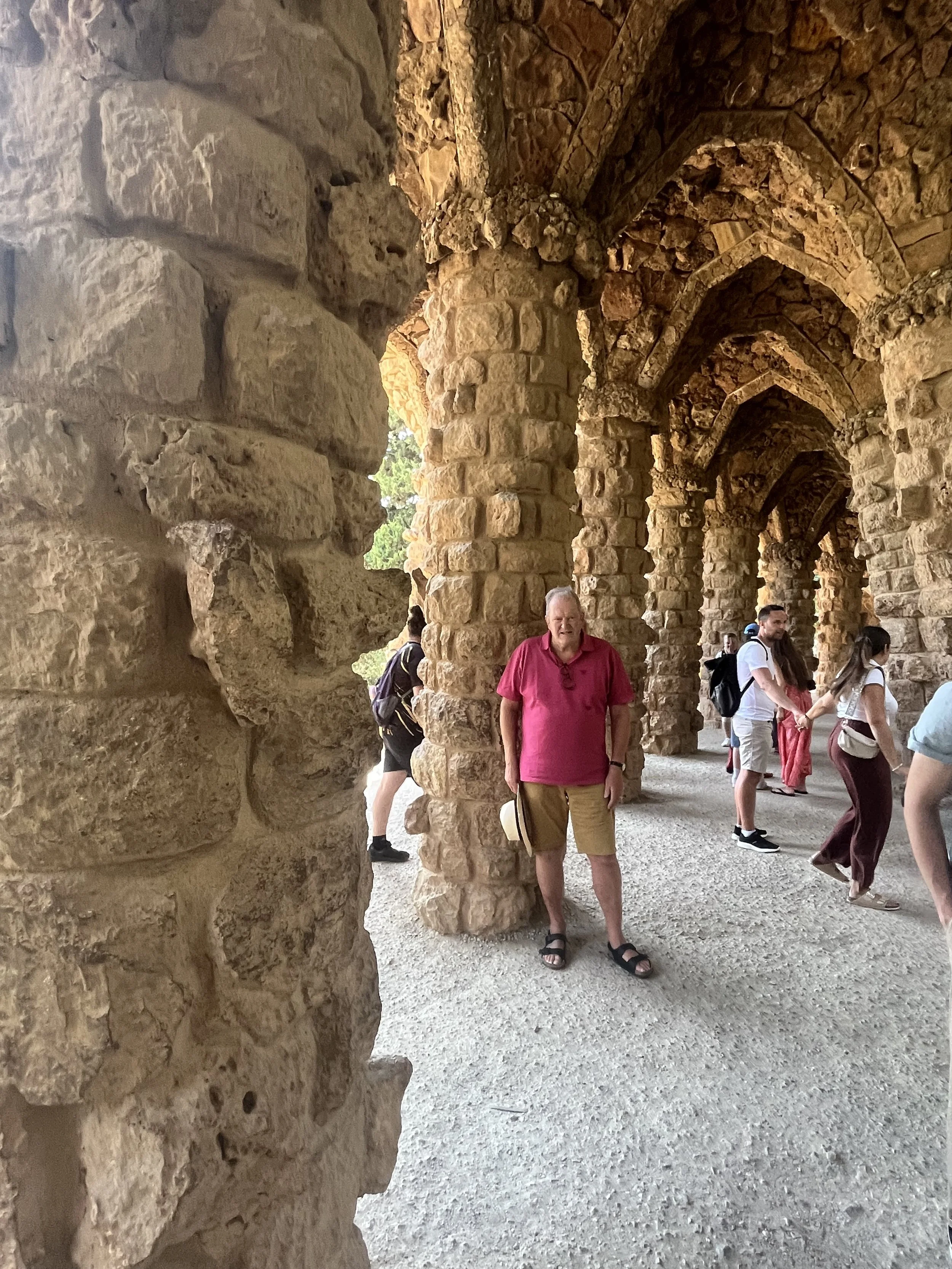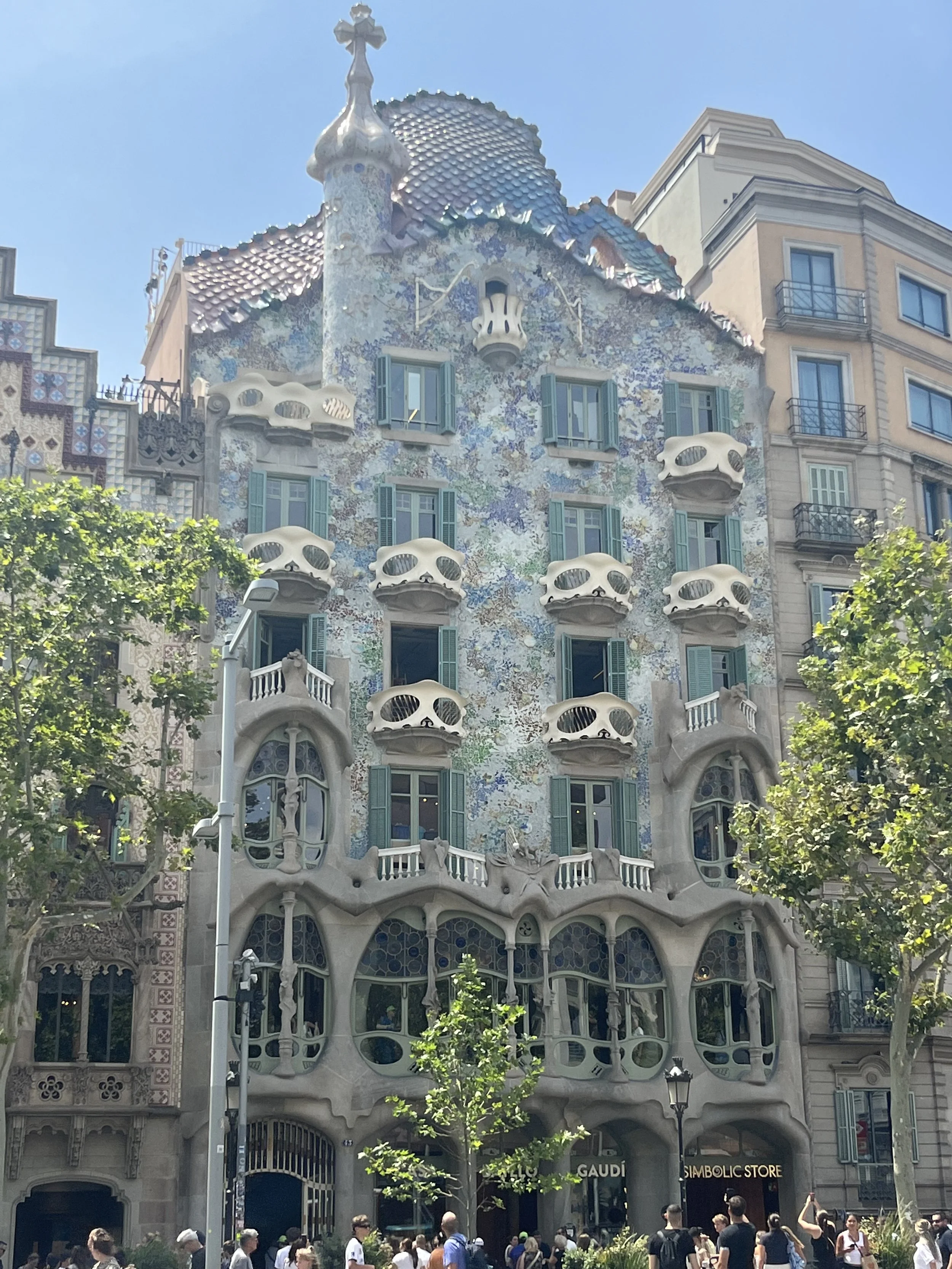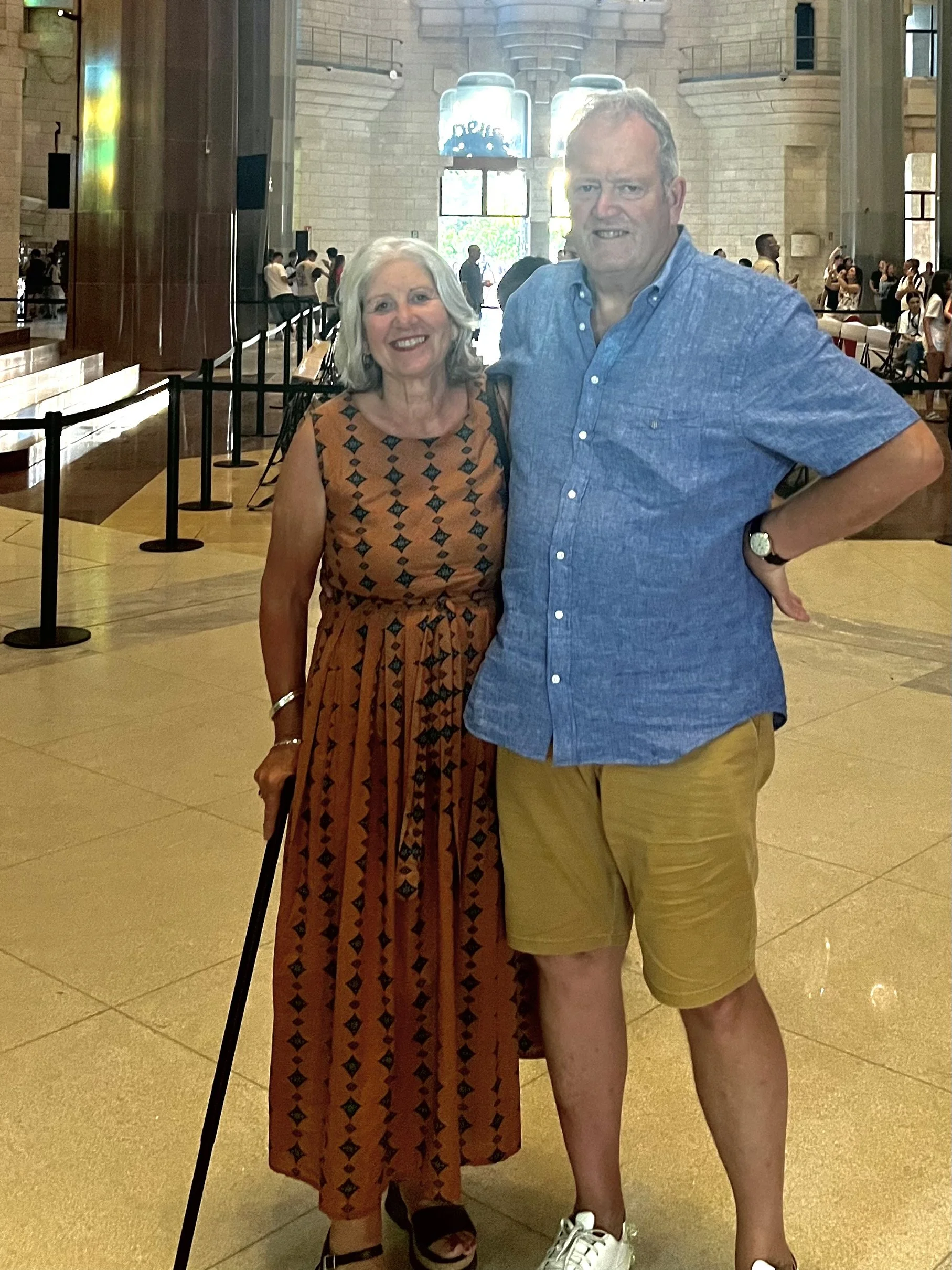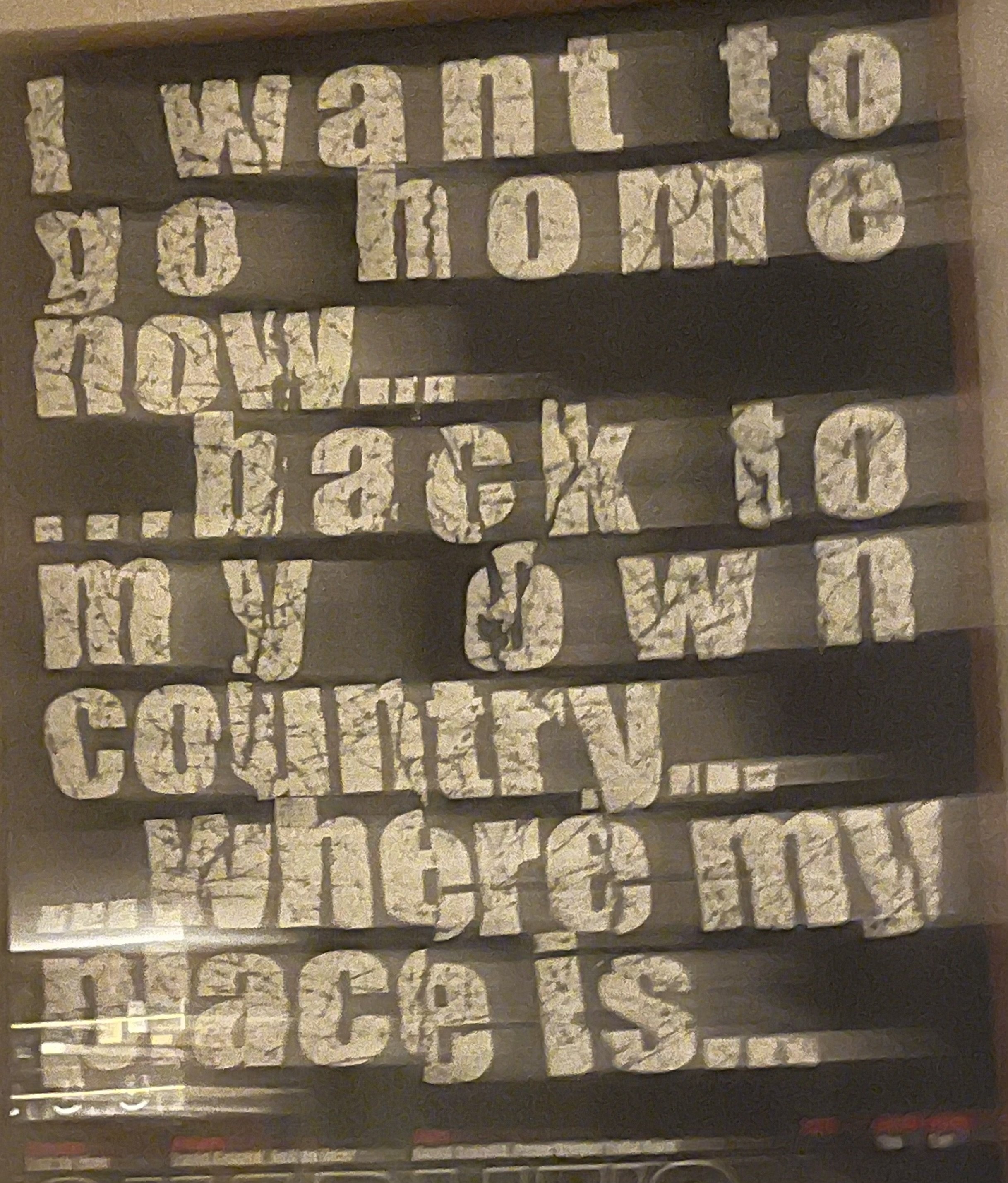The tale of two cities Madrid and Barcelona
Our final five days in Spain were dedicated to its two biggest cities: Madrid and Barcelona—both holding treasures that attract tourists from around the world. That said, I must admit, Madrid wins hands down.
As visitors, we make an enormous impact on the places we explore—and that impact is especially evident in cities like Barcelona. Each day, multiple cruise ships disgorged thousands of passengers into the streets, creating a constant hustle. I’ve seen similar conditions in Venice, and the strain on locals is undeniable.
The heat this time of year also shaped our experience—35°C days became the norm. We learned to adjust: morning walks through shady gardens, some shoppins !!and afternoons in cool galleries. Our eating habits shifted too. We found ourselves stopping for a glass of wine or beer around 3 p.m, with dinner bookings pushed to after 8:30—when restaurants finally opened. We actually embraced this relaxed lifestyle and had no trouble dining at 9 p.m.
In both cities, we stayed in beautiful accommodations within walking distance of major attractions. In Madrid, we adored the ‘Only You’ Hotel—gorgeously decorated with traditional tiles and even featuring a help-yourself ice cream machine! The narrow surrounding streets were filled with fantastic bars and restaurants. One of our trip highlights was dinner with Renee and Petar. Renee, the daughter of our friends Adrienne and Stuart from Cromwell, and her partner Petar, who is Croatian, they now call Spain home. Petar did encourage us to try the local Black pudding and potatoe Cappuccino and his favourite Spanish Tripe. Actually both were great. They were a wealth of local knowledge. Coincidentally, Petar had also walked the Camino from Porto to Santiago and arrived in time for the Saint James Festival—just like us!
Our cultural highlight in Madrid was three absorbing hours in the Thyssen-Bornemisza Museum. Started in the 1920s as a private collection by Heinrich, Baron Thyssen-Bornemisza de Kászon, it’s now the second-largest private art collection in the world (after the British royal collection). Spanning eight centuries of European painting, the collection captivated us—especially since they don’t often make it to our side of the world.
We had intended to visit the botanical garden and the Reina Sofía Museum (home to Picasso’s Guernica), but as you might imagine, our itinerary was rather ambitious. By late afternoon, it was back to the cool hotel room—legs up the wall!
Picasso eluded us again in Barcelona. I fell into the familiar trap—forgetting that many galleries are closed on Mondays. The Picasso Museum, just a ten-minute walk from our hotel, was a very disappointing "non-visit."
Barcelona, of course, is synonymous with Antoni Gaudí, one of the most imaginative architects in history. His intricate designs—crafted from rock, tile, and pure mathematical genius—blend Gothic and Art Nouveau in a style that is uniquely his own. We visited his remarkable works, including Casa Batlló, Casa Milà, and walked through Parc Güell—the latter offering not only whimsical art but stunning views of the city.
But our evening visit to the Sagrada Família was the true highlight. It’s staggering to think that Gaudí conceived such a surreal and complex masterpiece using only models and sketches—all tragically destroyed after his death. The basilica became his life’s work. He even built a school for the children of workers on the site. More than 100 years later, the Sagrada Família is still under construction. Notably, Kiwi architect Mark Burry managed the project for over 40 years, pioneering the use of CAD technology based on the fragmented models left behind.
Standing inside that cavernous space—gazing up at the tree-like columns and towers stretching toward the heavens, flooded with coloured light from the stained-glass windows—was utterly overwhelming. Every detail carries religious symbolism. We've visited many churches and cathedrals during this trip, most grand in size and decoration, often taking centuries to complete.
Let’s just hope the new Dunedin Hospital doesn’t follow that timeline!
As you can probably tell, I’ve loved researching and experiencing Gaudí’s influence—not only in Barcelona, but earlier in our journey in Comillas as well.
In Barcelona, we stayed at the Yurbban Hotel, which was perfectly located, complete with a rooftop pool. Instead of an ice cream machine, they offered complimentary wine on tap each evening for an hour—cheers to that!
With the hotel’s helpful recommendations, we dined at traditional Spanish restaurants, and spent hours wandering the charmingly narrow streets of our neighbourhood, Sant Pere. These laneways offered fascinating glimpses into life lived in close quarters.
And just like that, our 28-day journey through Spain and Portugal has come to an end. Once again, we’ve gained a deep appreciation for a different culture—with its customs, festivals, and rich heritage.
And no—before you ask—we didn’t have paella, didn’t see a Spanish dancer, and didn’t go to a bullfight. But honestly, it was an amazing trip.
Now, we’re en route back to New Zealand, keen to return to our home, which we know has been well loved by the wonderful Adrienne over the past 2½ months. A short pause now, and then it’s on to Turkey in September!
Our 2026 tours are nearly finalised, and I’ll share those details when we’re home.
XX Judith

